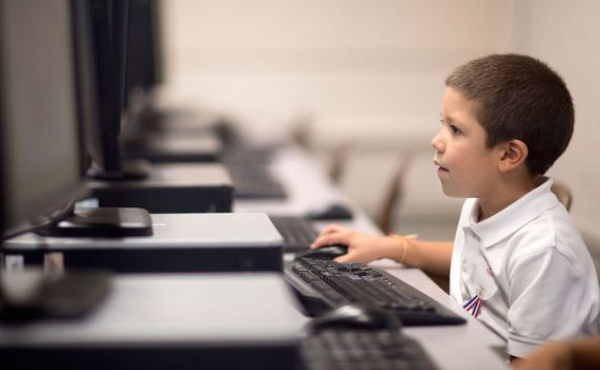Young children grow up in a technology-driven world where they are exposed to technologies such as smartphones, e-readers, smart television and tablets. Technology is an important component in their lives and the appropriate use of technology can help children to grow their capabilities, to learn, and to explore. Primary schools have incorporated technology as a learning tool and the use of technology in primary schools is recognized as a tool to help children develop the cognitive, social, and learning skills (Tahir & Arif, 2016).
However, there are concerns regarding the use of technology in (primary) schools by young children. Most of the literature shows the positive sides of using different kinds of technologies in class rooms. However, there are four negative effects of technology in schools: (1) writing and reading, (2) dehumanizing educational environment, (3) distorting social interactions, and (4) isolating individuals (Alhumaid, 2019). Research shows that students who spend more time on computers at school, have poorer learning performance (Peña-López, 2015).
Finding the right balance in using technology as a tool for learning in primary schools is a challenge.
How do you think about the use of technology in primary school for children? Should teachers pay more attention to the negative effects of the use of technology in schools?
Alhumaid, K. (2019). Four Ways Technology Has Negatively Changed Education. Journal of Educational and Social Research, 9(4), 10.
Peña-López, I. (2015). Students, computers and learning. making the connection.
Tahir, R., & Arif, F. (2016). Technology in Primary Schools: Teachers’ Perspective Towards the Use of Mobile Technology in Children Education. In Emerging Trends and Advanced Technologies for Computational Intelligence (pp. 103-129). Springer, Cham.

